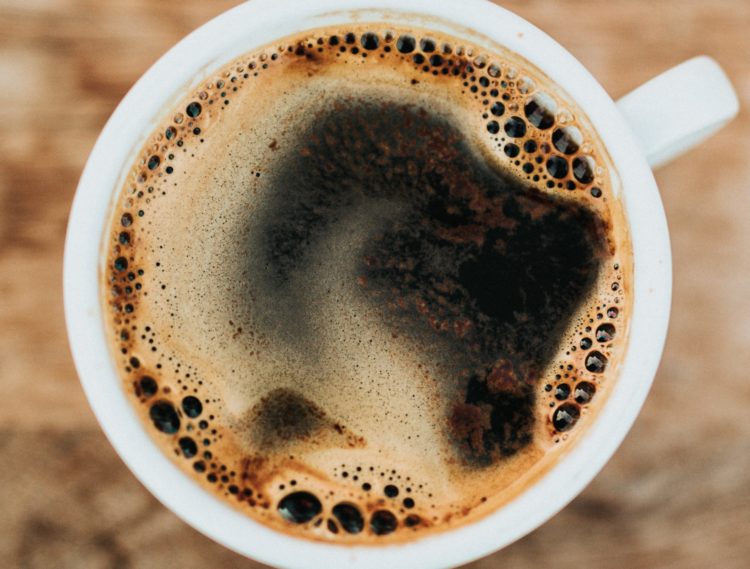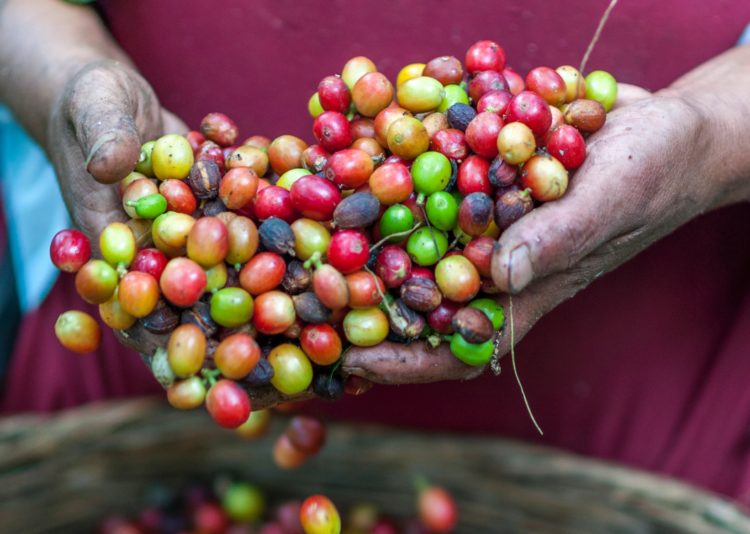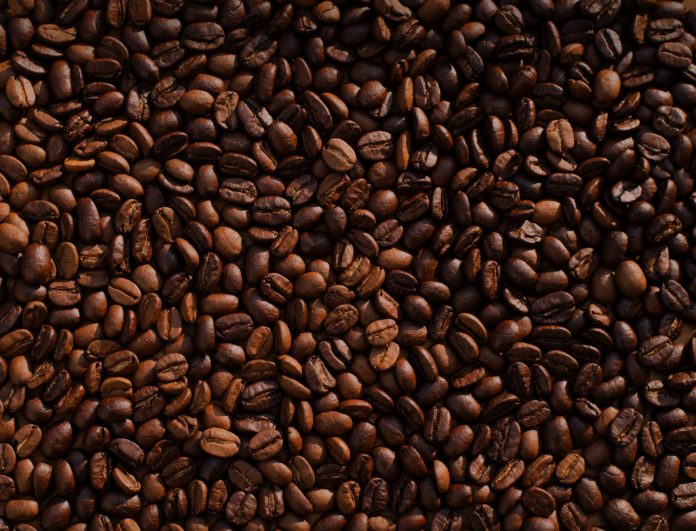Colombia produces around 11.5 million bags of coffee every year, making it the third largest exporter in the world (after Brazil and Vietnam) and a must-visit destination for caffeine addicts across the globe. Colombia’s geography — the climate, elevation and rich soil — are ideal for growing a variety of beans ranging from dark roasts to sweet aromas. As the country’s tourism has increased exponentially over the past decade, travelers have been experiencing first-hand the incredible history and presence of the coffee industry in Colombia. Naturally, coffee tours and excursions have become more popular, with locals eager to showcase the farms, processes and unique tastes to thirsty visitors.
While the coffee triangle (‘Eje Cafetero’ consisting of Caldas, Quindío, Tolima and Risaralda) is the first spot travelers visit to sip a cup of Colombia’s second-biggest export, the cosmopolitan city of Medellín boasts its own equally vibrant coffee culture. From morning tinto to the industry’s historical significance to community values, coffee culture is rife all through the city. Whether you want to brush up on your knowledge of coffee, sample some of the best there is or simply see the role of the drink in everyday Colombian life, here’s the lowdown on coffee culture in Medellín:

Antioquia’s history
The department of Caldas was the place where coffee was first grown in Colombia in the late 19th century, and ultimately the reason why the coffee region now exists around that area. While Caldas and the surrounding lands initially saw great success with the newfound coffee production, the severe decline of international markets combined with the thousand-day civil war meant farmers had to reconsider a more rural economy of coffee to successfully export the beans. As a result, Antioquia emerged as the new leader in coffee manufacturing at the turn of the century.
Antioquia’s mountainous landscape meant it was perfect for coffee cultivation, as the plants tend to ripen at higher altitudes. It was also beneficial that independent farmers could work on their own land and maintain a greater level of quality control — meaning coffee from Antioquia was to a consistently high standard. To this day, Antioquia, its capital city and surrounding pueblos nestled among the Andes, are renowned for their distinct coffee flavors. In fact, Antioquia now has the highest volume of coffee production in all of Colombia and a local lifestyle oriented around the drink.

Medellín coffee culture
One of the most surprising things travelers encounter in Medellín is that Paisas don’t drink the best coffee. Rather than take advantage of the incredible beans and diverse roasts, locals stick to tinto — small portions of coffee dregs served in plastic cups with plenty of sugar. Throughout the city, there are carts and tiendas where people stop to share tinto throughout the day. While the drink will certainly be a little underwhelming to extranjeros seeking Colombia’s famous coffee, tinto is a big part of coffee culture in Medellín.
Historically, Colombia’s coffee trade has been centered on exporting, so the majority of Colombians haven’t grown up enjoying the coffee the country is now recognized for. Tinto is cheap (around $2,000 COP per cup) and moreover, it’s rooted in the day-to-day life of small towns and big cities alike. In Medellín, tinto is an opportunity to socialize, to sit and watch the world go by, or to refuel on the move. It’s additionally a beverage that transcends class — in a country like Colombia which battles with class division (evident in the strato system), tinto is drunk by everyone, regardless of their wealth or job.
With that being said, Medellín has certainly become more cosmopolitan in recent years, and the influx of tourists has changed the face of the coffee scene. More and more independent cafes and coffee specialists have popped up across the city, showcasing Colombia’s finest coffee, along with coffee-making classes and tours. If you’re hoping to savor the best of the best, we recommend checking out these spots:

Cafes in Medellín
Pergamino
Carrera 37 #8A-37 and Calle 10B #36-38
A favorite for both locals and foreigners, Pergamino is well-known for its fresh coffee ethos. They roast their coffee on-site in Poblado every Monday and Thursday, and work exclusively with small farms across the country for an authentically Colombian brew. Try the signature Lomaverde blend, which is sourced from Santa Baraba, just outside of Medellín.

Café Revolucion
Carrera 73, Circular 4 #10 and Calle 37 #79-32
Found in 2014, Café Revolucion has high-quality coffee from various regions in Colombia on the menu. The café’s specialty coffee comes directly from a coffee plantation in Tolima, and is roasted and packaged fresh every week.

Rituales
Circular 74A #39B-22
Working in close partnership with a coffee farm in Antioquia, the baristas at Rituales are coffee experts. The brand has three different types of organic coffee — Pureza, Luz and Paraíso — and all are ground above the café. Keen coffee-drinkers can also take part in roasting classes here.

El Café de Otraparte
Calle 27 Sur #43A-61
Set among the grounds of the former house of a local philosopher, Café de Otraparte has an impressive selection of coffees. From classic black coffee to frappes with amaretto shots and whipped cream, an afternoon caffeine-stop here is one of the best things to do on Sundays in Medellín. Time a visit here with one of the free cupping class and start a career as a coffee connoisseur.

Juan Valdez
Multiple locations
Although an international chain, Juan Valdez is a Colombian company that was originally the project of a non-profit organization representing small coffee-growers in the country. Juan Valdez coffee shops can be seen on most street corners and serve up 100% Colombian coffee.

Coffee tours in Medellín
To get a real insight into the bean-to-cup process, there are a number of guided tours that highlight Medellín’s prominent coffee culture. Some of the tours require leaving Medellín for the day, while others hop between the many independent cafes and discuss the city’s coffee transformation over the years. Whichever tour you choose, always check that a portion of your money goes towards supporting local farmers or businesses, and promotes sustainable coffee production. Here are a few options we recommend — salud!
Toucan Coffee Tours
Urban Coffee Tour
ZoOming.com Colombia Coffee Tour
Expedition Colombia Coffee Tour












Amazing post.
keep sharing more Like This.
Amazing post.keep sharing more Like This.
And These Kind of Post really helpful for everyone.